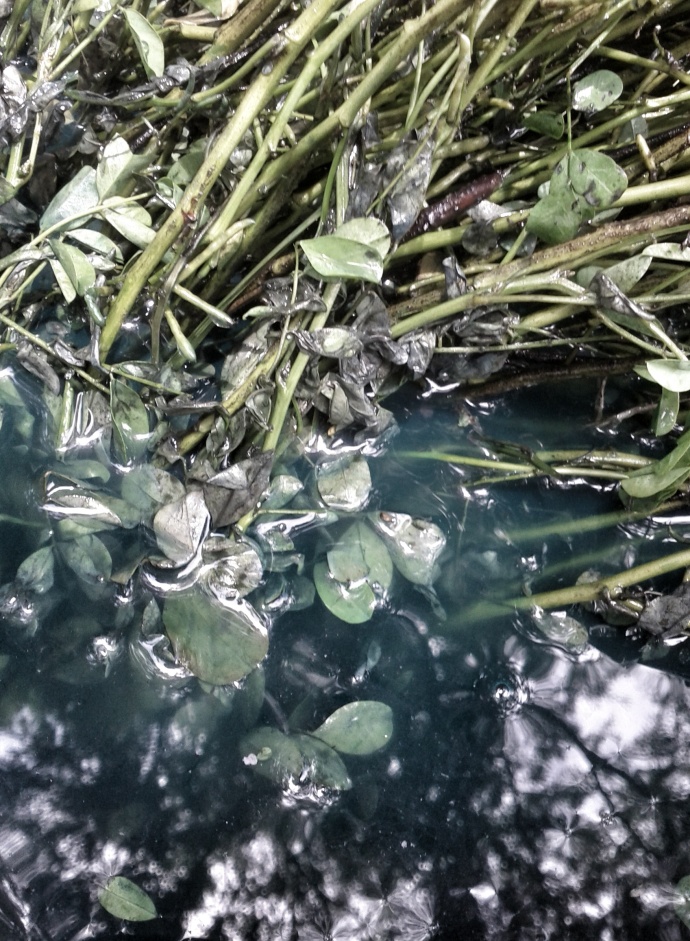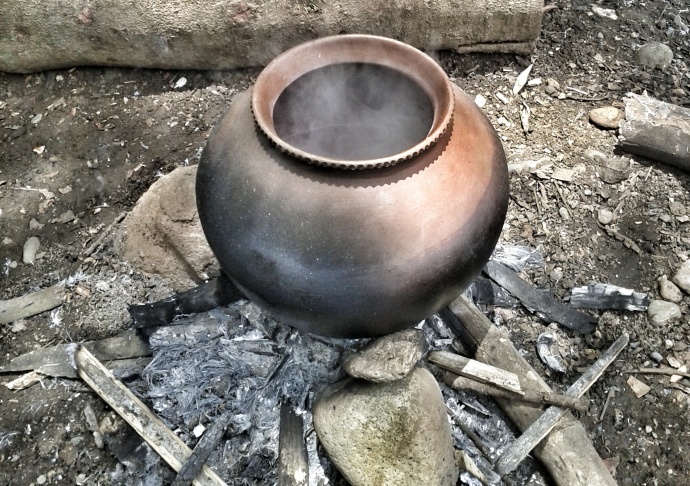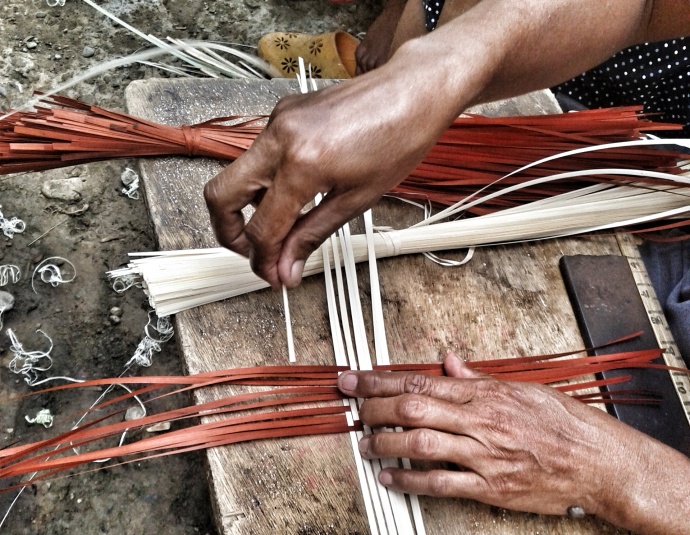Abra is a province in the Cordillera Administrative Region (CAR) that is notorious for its records of election-related violence more than any other thing. Development is slow in this province and not much is really happening inside. It is, therefore, not at all surprising that this place is not one of those that would be in your priority of places to see in the Philippines: to mention that you are going to Abra to other Filipinos will surely invite some stare of judgment and even dissent.
How did we, on the other hand, see Abra?
What led us to Abra in July 2013 is to feature its “natural dye makers” — the indigenous highland people called Tingguians – for What I See travel photography show.


The Bamboo Split Weavers
The Tingguians, also called Isneg, are engaged in various crafts. The most important of which is bamboo crafts production. It is for this reason that Abra is aggressively positioning itself as the “Bamboo Capital of the Philippines”.
The Natural Dye Makers
In documenting the production of natural dyes from plants, the team went to the Tingguian village of Namarabar in Penarubia, a town an hour away from the capital Bangued.
Norma Agaid, a Tingguian elder and the sister of the ‘Father of Philippine Natural Dyes’ Luis Agaid, explained which plants yield what kinds of colours: mahogany for red, jackfruit and ginger for yellow, the malatayum plant for indigo, the narra tree for brown, among others.
“Of all the mountain tribes in the Philippines, we have the most number of colours. We only get these colours from sources present around us“, she proudly said.




The charm of Abra stems from the fact that it is not at all in the tourism map. Indeed, it is highly ignored by outsiders. Hence, our experience in this rustic province can only be as natural and authentic as we can get. Indigenous dyeing is obviously a dying art. It is important to shed light into it as it is a part of the bigger “Filipino identity and local artistry” that most of us Filipinos tend to take for granted.

Paco Guerrero, whose background is no less than Anthropology, could not have described the Tingguians any better, “In the forest, they do not only see trees and plants. They see colours.”




Hi Bernard…would you know if they also produce bamboo hand towels? I heard the it is in Abra that the government trained to produce bamboo fibres. thank you….best regards…..cristina…
Hi Bernard. First of all I would like to thank you for featuring my province and for writing about it in a positive light. I would like to make a correction however, you got tingguian right but the ISNEGs are a different IP group from Apayao. The other term for tingguians is ITNEG. again thanks for sharing.
could you write more articles about abra please